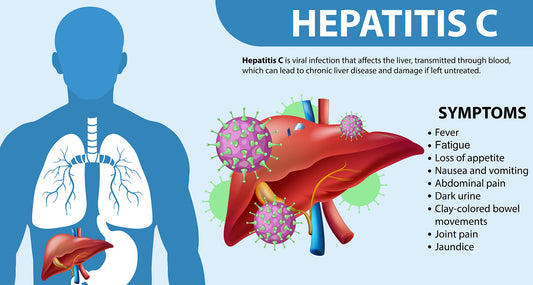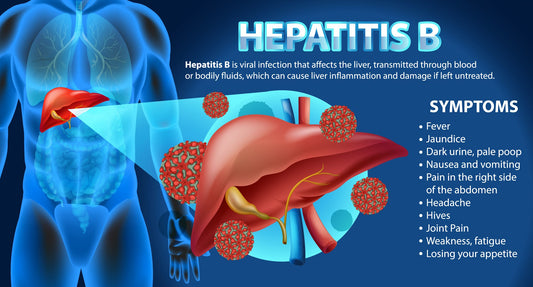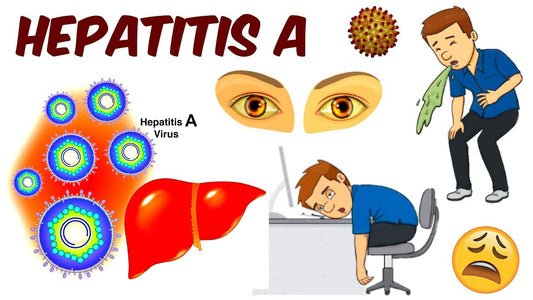featured Herceptin (trastuzumab)
On by ZimSeller Pharmacy 0 comments
Hepatitis C
On by ZimSeller Pharmacy 0 comments
Hepatitis B
On by ZimSeller Pharmacy 0 comments
Hepatitis A
On by ZimSeller Pharmacy 0 comments
Henoch-Schönlein purpura (HSP)
On by ZimSeller Pharmacy 0 comments
Heel pain
On by ZimSeller Pharmacy 0 comments
Heavy periods
On by ZimSeller Pharmacy 0 comments





















